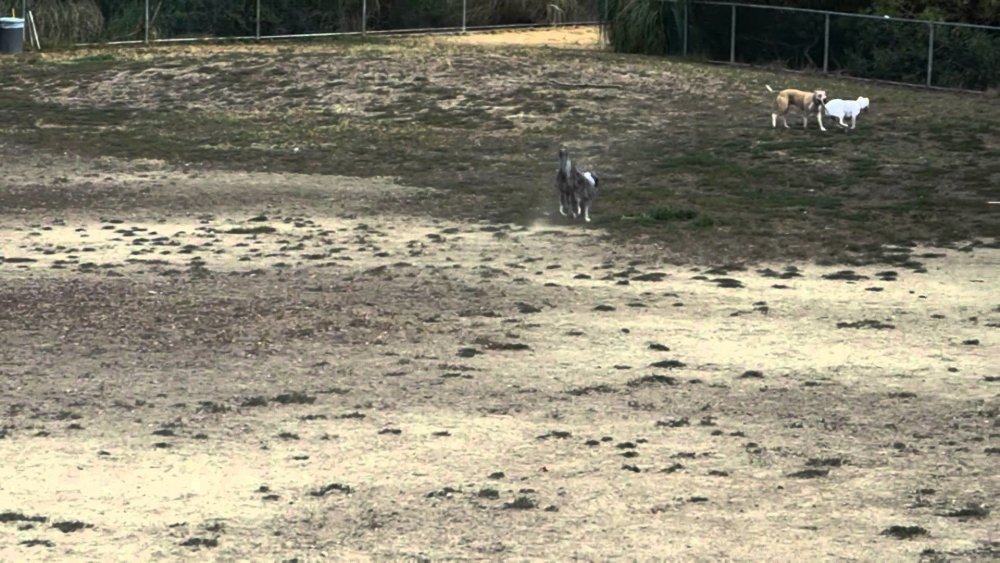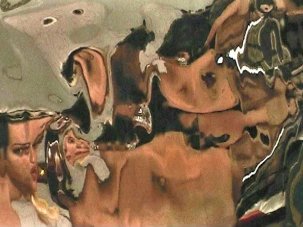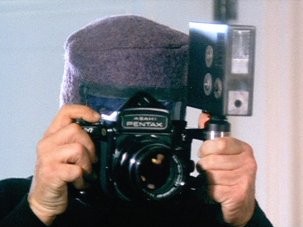Web exclusive

Monte Hellman’s Kona at Gate
We all know that theory creates its own objects. But does this mean the objects created are less genuine than those produced by other means? There is clearly no way of approaching works of art without some kind of ‘theory’, and the more conscious we become of our theoretical approaches, the more likely it is that we will make productive use of them rather than becoming their helpless slaves.
One of the accusations most frequently levelled at auteurists is that the works they describe are artificial constructs bearing no resemblance to either the filmmakers’ conscious intentions or the ways in which films are perceived by audiences. My reaction to Monte Hellman’s Kona at Gate (2012) is perhaps an extreme example of this tendency, for viewing this five-minute short was one of the most enjoyable cinematic experiences I’ve had in the last 12 months.
Yet, strictly speaking, Kona at Gate isn’t a film at all, merely some footage the director shot to test out a new camera, the Sony RX100, and subsequently uploaded onto YouTube. It consists of a single five-minute take showing Hellman’s dog, Kona, interacting with other dogs (and a few human beings) within an enclosure apparently intended specifically for such activities, and is superficially indistinguishable from the thousands of other dog videos viewable on YouTube. But for admirers of the director, it holds a peculiar fascination.
Even the title Kona at Gate has a connection with that of Hellman’s debut feature, Beast from Haunted Cave, which might more logically have been called Beast from a Haunted Cave or Beast from the Haunted Cave. The actual titles of these films are both more and less precise, suggesting ‘Haunted Cave’ and ‘Gate’ could be place names rather than descriptions.
The definitive Hellman title is surely China 9, Liberty 37 (1978), a reference to the road sign that defines the parameters of the action. Hellman, we should recall, staged the first Los Angeles production of Waiting for Godot, and admits there is something of Samuel Beckett in all his work. Like so many of his films, China 9 is about a journey, but one that covers no more than the 46 miles separating China from Liberty, and is seen as inherently absurd, with the characters finally arriving back at their point of departure. In this sense, Kona is a typical Hellman protagonist, spending most of her screen time running backwards and forwards, but eventually returning to the eponymous gate she trotted through at the beginning.
Hellman shoots Kona’s movements from a perspective which allows the ground she is moving across to fill the frame. Trees and grass are briefly visible in the background, but on the whole, the choice of camera angle turns this dog-filled space into a Beckettian wasteland that recalls the similarly desolate landscapes of Back Door to Hell (1964), The Shooting (1966) and Iguana (1988).
In many ways, Kona resembles the male characters of Two-Lane Blacktop (1971), whose ceaseless movement is ultimately revealed as futile, based as it is on a misunderstanding of their own natures, an inability to acknowledge what they really desire. For all their emphasis on travel and movement, Hellman’s films often function as illustrations of Blaise Pascal’s “The sole cause of man’s unhappiness is that he does not know how to stay quietly in his room.” Kona at Gate suggests Pascal’s formula might apply equally well to dogs.
Needless to say, my comments on Kona at Gate are not intended to be taken entirely seriously, but they aren’t completely flippant either. The truth is, I did take pleasure from watching this short, and though my pleasure depended upon the presence of an auteur name, I can’t accept that this made it less valid.
Is there any such thing as an illusory pleasure? Given the fragmentation of the cinematic experience – whereby a film is just as likely to be viewed on a mobile phone as in a cinema – it is becoming increasingly difficult to maintain the distinction between fully achieved works and rough sketches: Jess Franco’s Paula-Paula (2010), which I wrote about two months ago, is just one example of a film which straddles categories in a way that seems extremely contemporary.
Of course, it wouldn’t be difficult to come up with a ‘theory’ to support the assertion that Kona at Gate is nothing more than some unedited footage, but there would be no reason to suppose this theory inherently superior to one which let us arrive at precisely the opposite conclusion. And it’s worth pointing out that Hellman’s next short, Vive L’Amour (2013), a contribution to the anthology feature Venezia 70 Future Reloaded, also consists of a single unedited take:
Various negative comments on the IMDB suggest that Hellman’s Road to Nowhere (2010) has been rejected by many viewers because it refuses to conform with dominant ‘theories’ concerning what a film should or should not be, what it should or should not do. And there’s no denying that it flagrantly frustrates audience expectations. Crucial plot details must be inferred from cryptic lines of dialogue, while several minutes are dedicated to a single image showing the lead actress, Shannyn Sossamon, painting and drying her fingernails.
Hellman’s work is all about rejecting preconceived ways of knowing, about the necessity of remaining open to artworks or experiences, rather than strapping them into theoretical straitjackets. So it’s more than a little ironic that my way of remaining open to the joys Kona at Gate has to offer involved applying a ‘theory’ frequently seen as hopelessly detached from the realities of either filmmaking or film viewing. But ‘common sense’, the theory that dare not speak its name, can be even more restricting when it causes us to discard works we might otherwise have taken pleasure from.
In its original form, auteurism was as much a plan of attack as a method of defence, a way of condemning France’s ‘tradition of quality’. But in its transition from politique to theory, auteurism gradually became more intimately associated with celebration. Auteurists are notorious for championing ‘problematic’ films treated with contempt by more orthodox critics: Carl Dreyer’s Gertrud (1964), Max Ophuls’ Lola Montès (1955), Alfred Hitchcock’s Marnie (1964), Howard Hawks’ Red Line 7000 (1965), Abel Ferrara’s New Rose Hotel (1998). Perhaps this is why auteurism is so important to its devotees: it provides a means of access to potentially enriching experiences that would otherwise have remained unavailable.
-
The Digital Edition and Archive quick link
Log in here to your digital edition and archive subscription, take a look at the packages on offer and buy a subscription.








